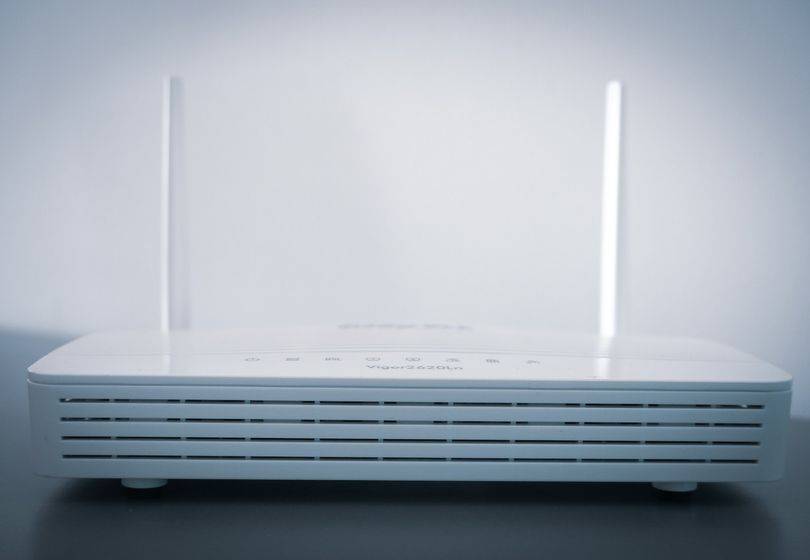
Modern routers play a crucial role in our daily lives by providing us with seamless connectivity to the internet. These devices are equipped with advanced hardware components, firmware, and technologies that work together to deliver fast and reliable network performance. In this article, we will delve into the intricate workings of a modern router, focusing on its hardware, firmware, and real-world performance.
Router Hardware: At the core of every router is its hardware, which consists of various components such as the central processing unit (CPU), random-access memory (RAM), Ethernet ports, antennas, and more. The CPU is responsible for executing instructions and processing data, while the RAM stores temporary information to facilitate smooth operation. The Ethernet ports allow for wired connections, while the antennas enable wireless connectivity through Wi-Fi technology.
Router Firmware: The firmware of a router is the software that controls its operations and functionalities. It is essential for managing network traffic, implementing security protocols, and ensuring compatibility with different devices. Firmware updates are crucial for enhancing performance, fixing bugs, and strengthening security measures. Manufacturers regularly release firmware updates to improve the overall user experience and address any vulnerabilities.
Network Performance: The performance of a router is influenced by various factors, including signal processing, data routing, and network congestion. Signal processing technologies such as beamforming and MIMO (multiple input, multiple output) help optimize Wi-Fi signals for better coverage and speed. Efficient data routing ensures that information is transmitted accurately and reaches its intended destination without delays. Network congestion can impact performance, especially in crowded environments with multiple connected devices.
CPU and RAM in Routers: The CPU and RAM play a crucial role in determining the processing power and multitasking capabilities of a router. A powerful CPU enables faster data processing and better overall performance, especially when handling multiple tasks simultaneously. Sufficient RAM allows the router to store and access data quickly, reducing latency and improving response times. Upgrading to a router with a faster CPU and more RAM can lead to significant improvements in network performance.
Dual-Band Routers: Dual-band routers operate on two separate frequencies, typically 2.4 GHz and 5 GHz, to provide better Wi-Fi performance and reduce interference. The 2.4 GHz band offers better coverage and compatibility with older devices, while the 5 GHz band delivers faster speeds and is less prone to interference. Dual-band routers are ideal for homes and offices with multiple devices and high bandwidth requirements, as they can intelligently distribute traffic across the two bands for optimal performance.
Mesh Networks: Mesh networks consist of multiple interconnected routers that work together to create a seamless and reliable wireless network. Each router, or node, extends the coverage of the network and ensures a strong signal throughout the entire area. Mesh networks are ideal for large homes, offices, and commercial spaces where a single router may not provide adequate coverage. They offer flexibility, scalability, and improved performance compared to traditional single-router setups.
Router Security: Ensuring the security of your router is crucial for protecting your personal information and preventing unauthorized access to your network. Strong password protection, encryption protocols, firmware updates, and firewall settings are essential for enhancing router security. Changing default login credentials, disabling remote management features, and regularly monitoring network activity can help safeguard against potential security threats. It is important to stay vigilant and proactive in securing your router to maintain a safe and secure network environment.
In conclusion, modern routers are equipped with advanced hardware, firmware, and technologies that work together to deliver fast and reliable network performance. Understanding how routers function and optimizing their settings can help improve connectivity, speed, and overall user experience. By investing in a high-quality router, keeping up with firmware updates, and implementing strong security measures, you can enjoy seamless and secure internet connectivity in your home or office.
